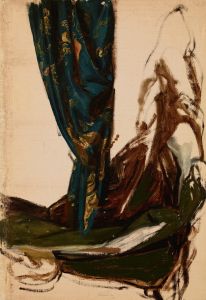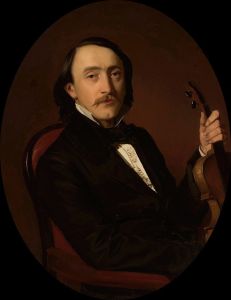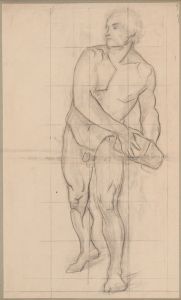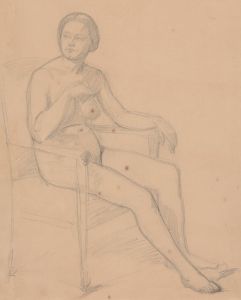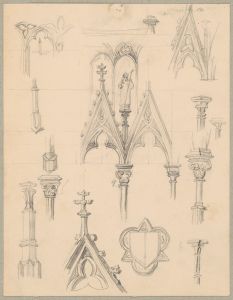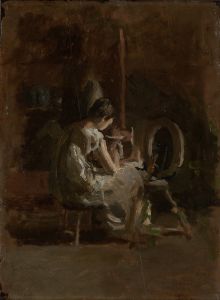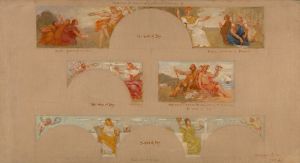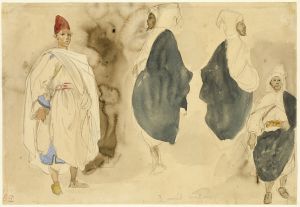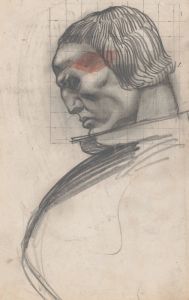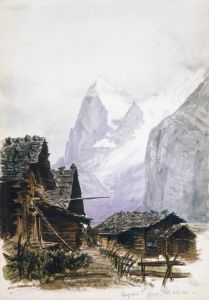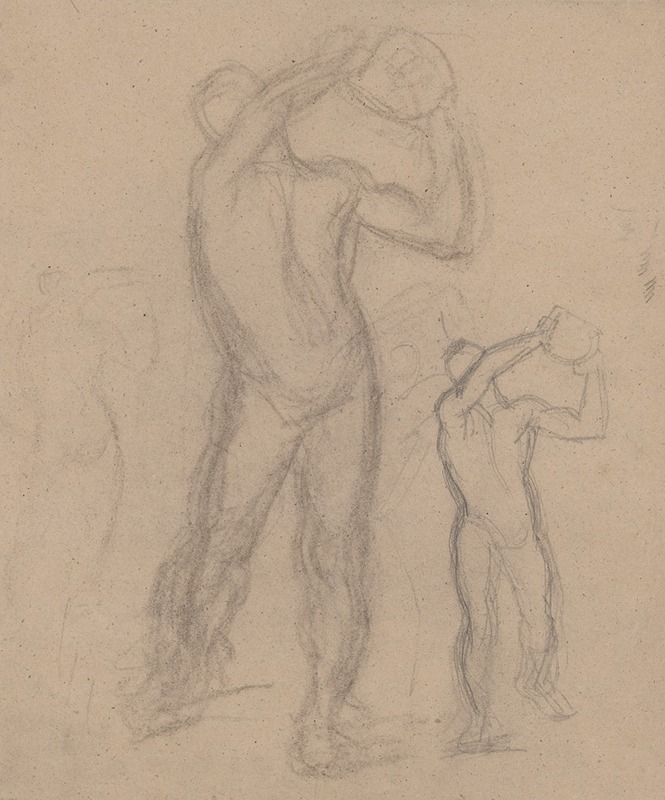
Sketches of male nude for the painting ‘Martyrdom of St. Matthias’
A hand-painted replica of Józef Simmler’s masterpiece Sketches of male nude for the painting ‘Martyrdom of St. Matthias’, meticulously crafted by professional artists to capture the true essence of the original. Each piece is created with museum-quality canvas and rare mineral pigments, carefully painted by experienced artists with delicate brushstrokes and rich, layered colors to perfectly recreate the texture of the original artwork. Unlike machine-printed reproductions, this hand-painted version brings the painting to life, infused with the artist’s emotions and skill in every stroke. Whether for personal collection or home decoration, it instantly elevates the artistic atmosphere of any space.
Józef Simmler was a prominent Polish painter of the 19th century, known for his historical and religious paintings. One of his notable works is the "Martyrdom of St. Matthias," which depicts the martyrdom of the apostle Matthias, who was chosen to replace Judas Iscariot among the twelve apostles. While the final painting itself is significant, the preparatory sketches for this work, particularly those focusing on the male nude figures, offer valuable insights into Simmler's artistic process and his approach to composition and anatomy.
The sketches of male nudes for "Martyrdom of St. Matthias" reveal Simmler's meticulous attention to detail and his commitment to realism. These studies were likely created to help the artist understand the human form and how it would be represented in the dramatic scene of martyrdom. By focusing on the male nude, Simmler could explore the musculature and movement of the human body, which would be crucial in conveying the physical and emotional intensity of the martyrdom scene.
Simmler, like many artists of his time, would have been trained in the academic tradition, which emphasized the study of the human figure as a foundation for creating historical and religious paintings. The sketches demonstrate his ability to capture the nuances of the human body, showcasing his skill in rendering anatomy with precision. This practice was common among artists who sought to create lifelike representations in their work, ensuring that the figures in their paintings were both anatomically accurate and expressive.
The "Martyrdom of St. Matthias" itself is a testament to Simmler's ability to combine his technical skills with his narrative vision. The painting would have required careful planning and composition, with the sketches serving as a crucial step in the development of the final piece. By studying these preparatory works, one can gain a deeper understanding of how Simmler approached the challenge of depicting a complex historical and religious event.
In addition to their artistic value, the sketches also provide insight into the cultural and historical context in which Simmler was working. The 19th century was a period of significant change and upheaval in Poland, and artists like Simmler played a role in shaping national identity through their work. By choosing to depict religious themes, Simmler was engaging with the broader cultural and spiritual concerns of his time, using his art to reflect on themes of faith, sacrifice, and redemption.
Overall, the sketches of male nudes for "Martyrdom of St. Matthias" are an important part of Józef Simmler's artistic legacy. They not only highlight his technical prowess and dedication to his craft but also offer a window into the artistic practices of the 19th century. Through these studies, we can appreciate the careful preparation and thought that went into creating a work that continues to be admired for its historical and artistic significance.





